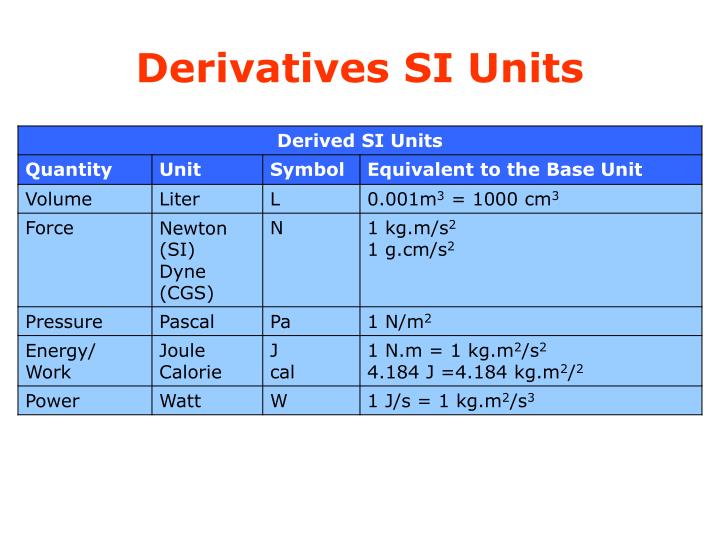

Thus, for 10 grams we will have 9803.92 dynes which is equal to 0.098 Newtons (N). Mathematically, 1 dyne can be denoted as $1 \text $įrom the above relation, we have 1 gram =980.392 dynes.

So how do we define 1 dyne.ġ dyne is the force applied to a mass of 1 gram, increasing its acceleration by 1 cm/second 2 in the direction of the force applied. Similarly, the unit of Force is dyne in the centimetre-gram-second or CGS metric system. The CGS system is another variant of the metric system. In CGS (or centimetre-gram-second), the length is measured in centimetres, mass in grams, and time in seconds. Mathematically, force is expressed as $F=m\times a$, whereį is the force acting on an object of mass m, and m is the mass of an object, whereas a is the acceleration. A force can be applied to either stop an object’s motion or change the motion of an object.įorce is the product of mass (m) and acceleration (a). The force applied can change the motion of an object. In this article, we will understand the relationship between the two units NEwton and Dyne in detail.įorce is defined as the pull or push that is applied to an object to change its state. Additionally, Newton and dyne are not the only units of force. We can measure in Newton or dynes, but the relationship between the two is critical and must be known. The standard unit for force in the SI metric system is Newton (N), where in the CGS metric system, the unit is dyne. A force is nothing but a push or pull on your body to alter its state. These include time, length, mass, temperature, amount of substance, electric current, and luminous intensity.įor example, Force. We have seven fundamental quantities that are the basis for SI units. The SI unit is known to be the easiest one to use and is used for all scientific work. When we talk about the units of measurement for any physical, electrical, or any other quantity, we can differentiate between the metric systems used based on the SI or International System of Units) and CGS (Centimetre-Gram-Second) units.


 0 kommentar(er)
0 kommentar(er)
